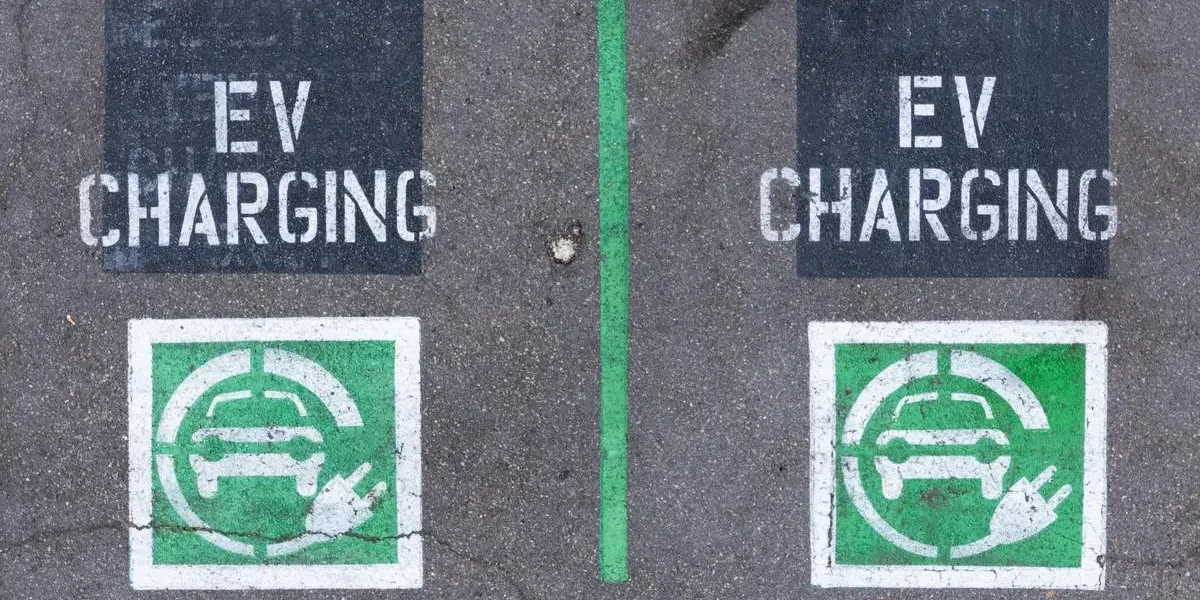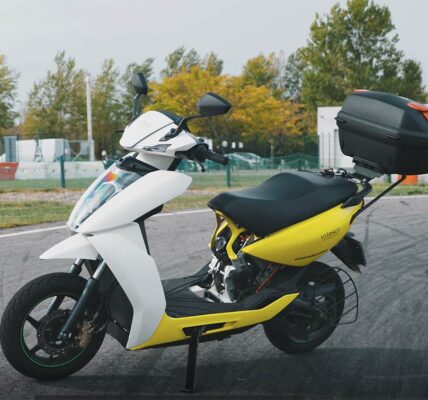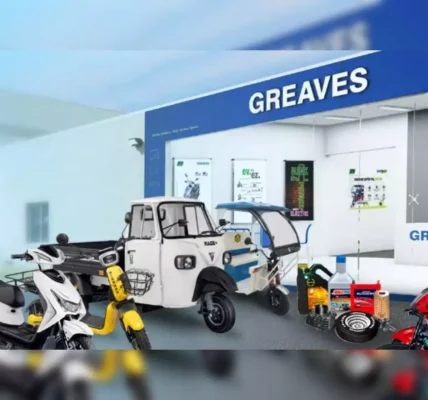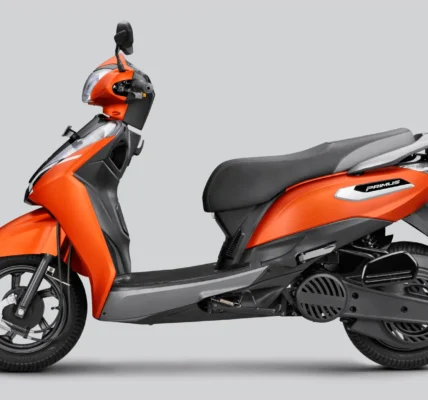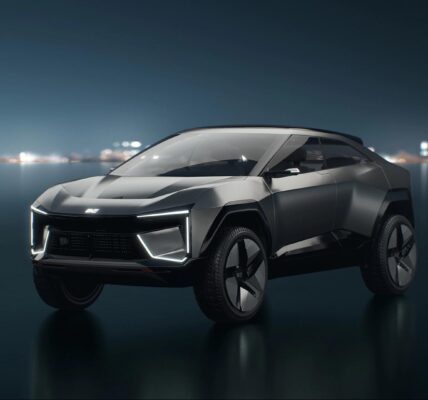India’s Stated Policies Scenario (STEPS) pegs the number of electric-light-duty vehicles (e-LDVs) per charging point to almost double to 7 by 2030, requiring installation for around 50,000 charging points annually till 2030, the International Energy Agency (IEA) said.
IEA in its latest EV market report said that in India the number of public charging points increases from 75,000 at the end of 2024 to around 375,000 by the end of 2030 in the STEPS to support a stock of less than 3 million e-LDVs.
Light-duty vehicles (LDVs) comprise passenger cars, light commercial vehicles (pickup trucks and delivery vans) and some smaller trucks (weighing around 4,500 kg).
As a result, in 2030 in the STEPS there are around 7 e-LDVs per public charging point, up from fewer than 4 in 2024 in India, it projected.
“To reach this projected stock of public charging points, around 50,000 charging points would need to be added on average each year through 2030, about 30 per cent more than the number of additions observed in 2024.”
India’s PM E-DRIVE Scheme includes ₹2,000 crore ($240 million) for public EV charging stations, with plans to support a targeted 22,100 EV chargers for electric four wheeled vehicles through March 2026.
Lack of EV charging infrastructure is a barrier to EV adoption. Under the FAME-II scheme, an allocation of ₹839 crore was made for setting up of Electric Vehicle Public Charging Stations (EVPCS). Of this, around ₹633 crore have been utilised so far.
Worldwide, around 150 million charging points will be added from 2025 to 2030, with almost two-thirds being home chargers, 30 per cent other private chargers and the remaining 8 per cent public charging points under STEPS, IEA report said.
Generally, as EV markets mature, optimisation of the public charging network is expected to improve, meaning that utilisation can increase with no negative effect on user experience, it explained.
In line with this, in the STEPS, the number of electric LDVs per public charging point worldwide increases from about 11 in 2024 to around 14 in 2030, it has projected.
The EV sales penetration targets set by NITI Aayog includes 30 per cent of private vehicles, 70 per cent of commercial vehicles, 40 per cent of buses and 80 per cent of two and three-wheelers by 2030.


